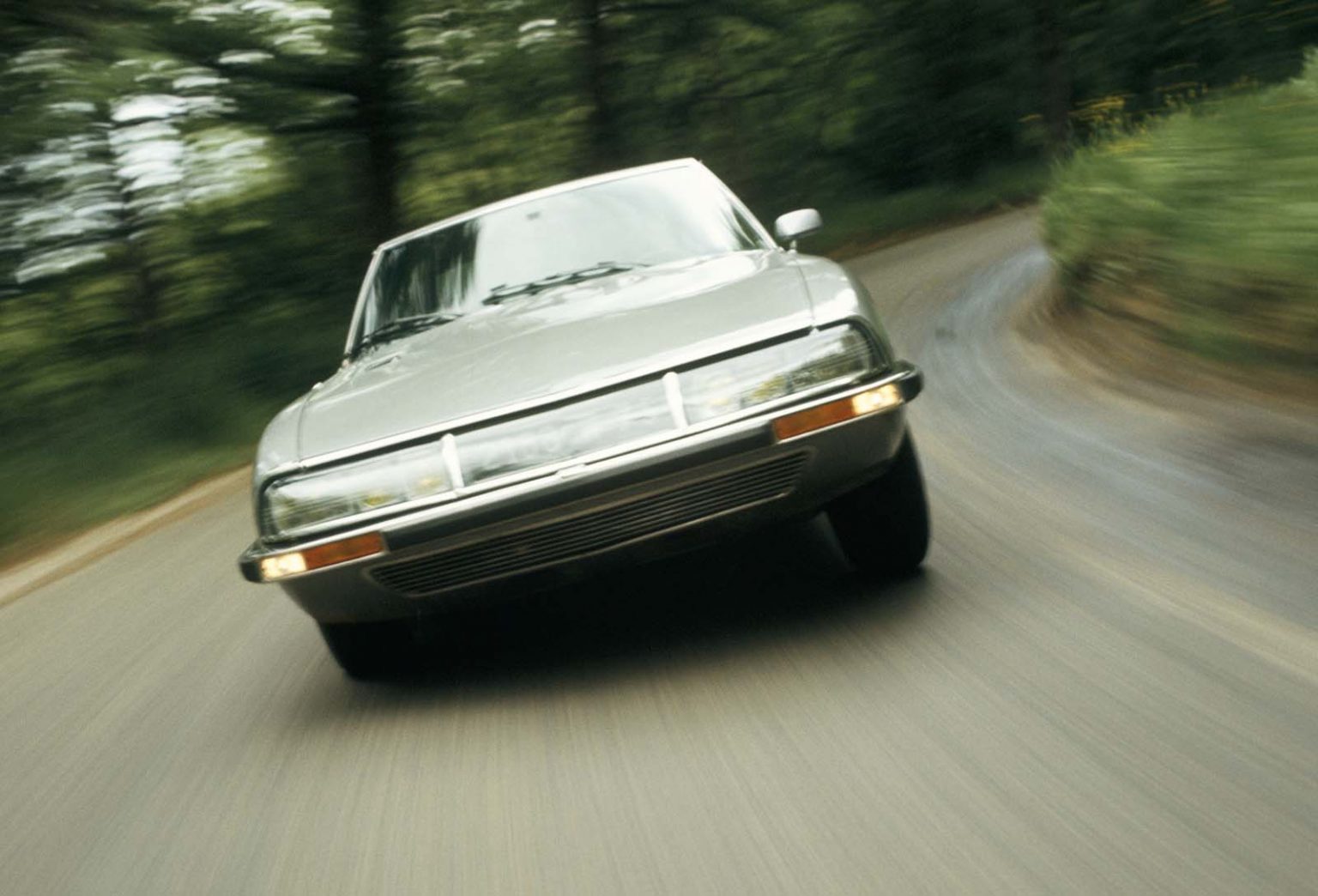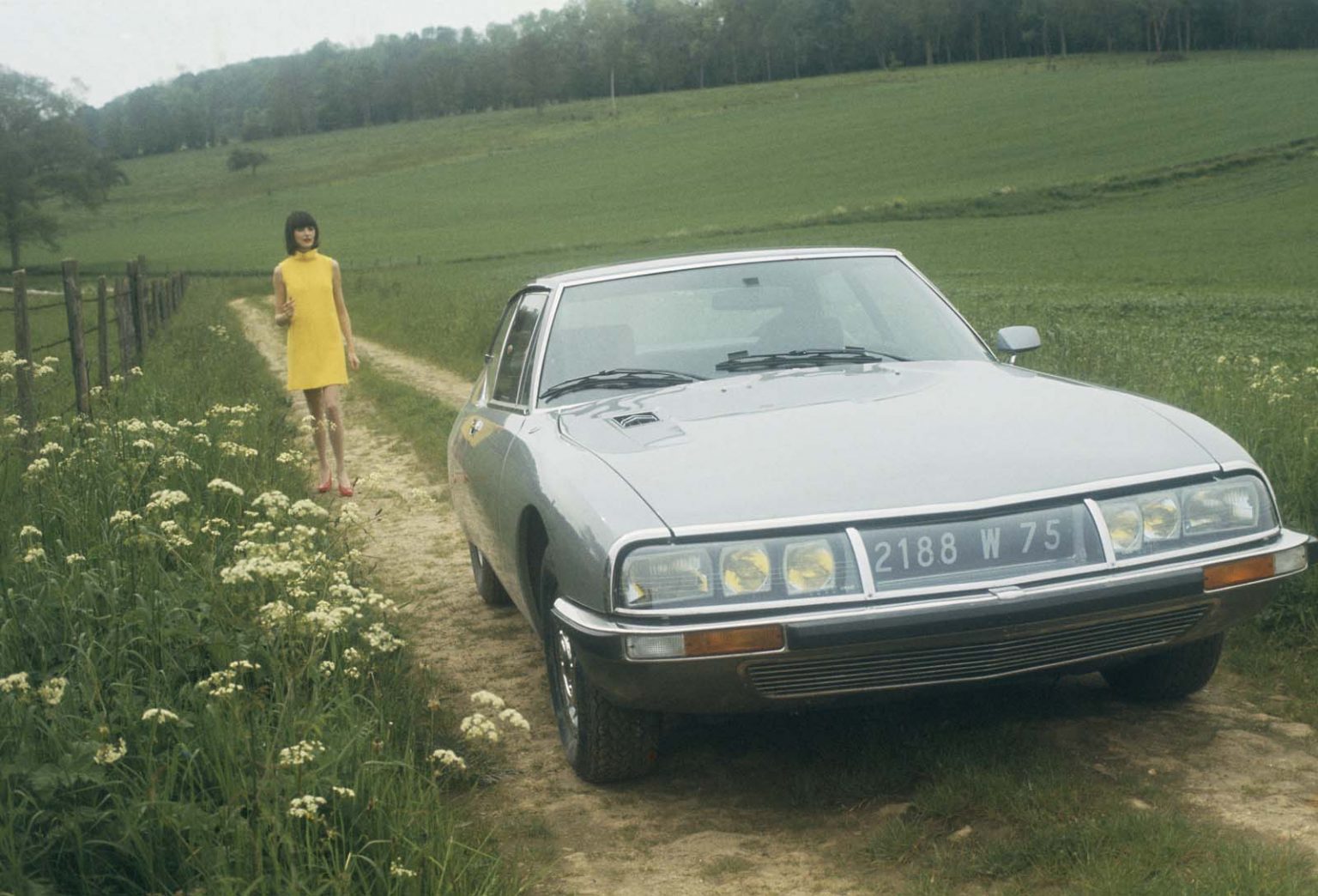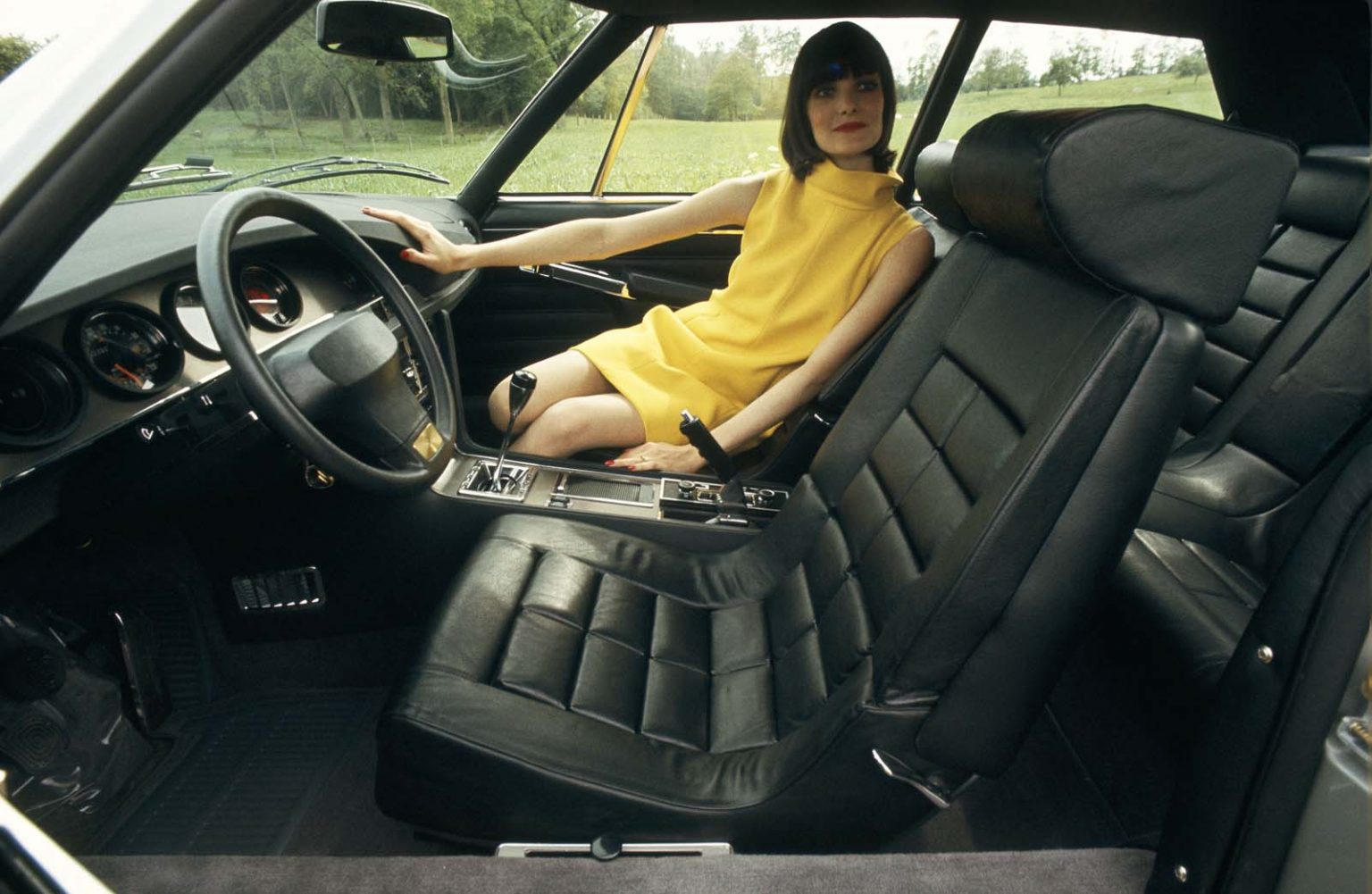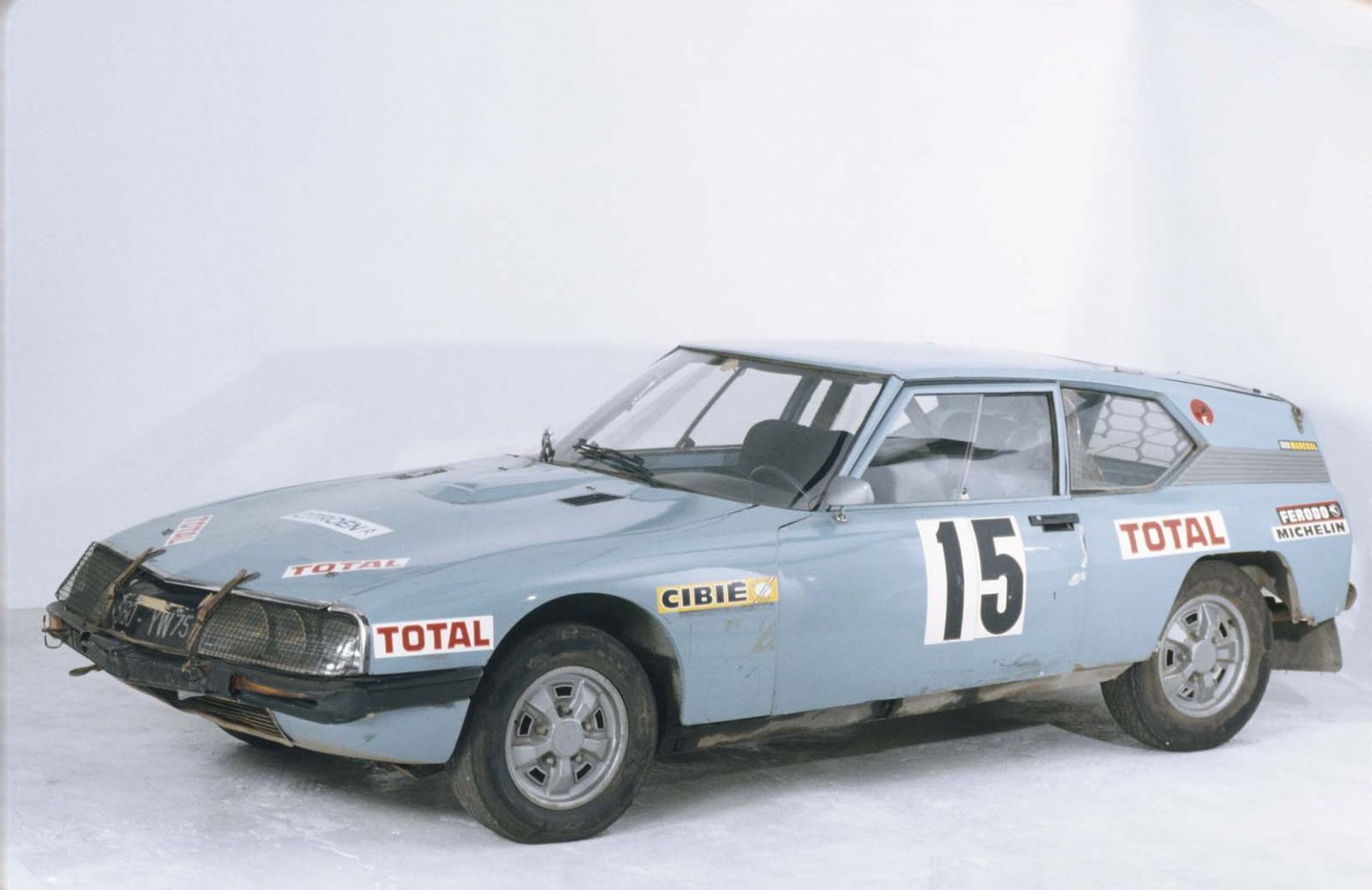
Citroen SM, 1970 to 1975. 50 Years Since The Result Of A Marriage Of Maserati And Citroen
Back in the 1960s Citroen bought Maserati and 50 years ago came up with the fabulous SM. What might have seemed an unlikely partnership was purely strategic. You see Citroen lacked a decent engine, large, powerful and anything with more than four cylinders. They had already started development of a sports version of the DS, known as Project S in 1961. The purchase of Maserati provided the engine. In return Citroen’s hydraulic suspension became a feature of the Maserati Quattroporte, Merak and Bora.
The initial idea was to attempt the Le Mans 24 hour race, but this was soon changed into a premium car to be sold above the DS.
The SM first appeared in 1970 at the Geneva Motor Show in March going on sale in France in September that year. The engine size was a little unusual at 2.7 litres, due to the French taxation system on horsepower. A calculation of swept volume and the number of cylinders and engine speed deciding your taxation class. A somewhat archaic formula based on the RAC one of Great Britain in 1910. The engine was essentially a 90 degree Maserati V8 from the Indy with two cylinders missing. But with double overhead cams per cylinder bank and a very compact 31cm length it was thoroughly modern. It was also very light, the entire unit with its aluminium block weighed just 140kg.
Back in the 1960s Citroen bought Maserati and 50 years ago came up with the fabulous SM. What might have seemed an unlikely partnership was purely strategic. You see Citroen lacked a decent engine, large, powerful and anything with more than four cylinders. They had already started development of a sports version of the DS, known as Project S in 1961. The purchase of Maserati provided the engine. In return Citroen’s hydraulic suspension became a feature of the Maserati Quattroporte, Merak and Bora.
The initial idea was to attempt the Le Mans 24 hour race, but this was soon changed into a premium car to be sold above the DS.
The SM first appeared in 1970 at the Geneva Motor Show in March going on sale in France in September that year. The engine size was a little unusual at 2.7 litres, due to the French taxation system on horsepower. A calculation of swept volume and the number of cylinders and engine speed deciding your taxation class. A somewhat archaic formula based on the RAC one of Great Britain in 1910. The engine was essentially a 90 degree Maserati V8 from the Indy with two cylinders missing. But with double overhead cams per cylinder bank and a very compact 31cm length it was thoroughly modern. It was also very light, the entire unit with its aluminium block weighed just 140kg.
This left the SM with a slightly too small engine and whilst offering decent performance, they weren’t necessarily as fast as expected. In 1973 a 3.0 engine was offered, with a small increase in power, from 168 to 176hp. Bosch D-Jetronic fuel injection already available since 1972.
The SM design is striking, and Citroen did it entirely in house, with Robert Opron who was at the time head of the design department. The silhouette of the SM shows the obvious Kamm tail to the design. It was incredibly aerodynamic for its time; the drag factor was only 0.26. there is some family resemblance to the later CX, which took lessons from the SM and incorporated them in the design.
This left the SM with a slightly small engine and whilst offering decent performance, they weren’t necessarily as fast as expected. In 1973 a 3.0 engine was offered, with a small increase in power, from 168 to 176hp. Bosch D-Jetronic fuel injection already available since 1972.
The SM design is striking, and Citroen did it entirely in house, with Robert Opron who was at the time head of the design department. The silhouette of the SM shows the obvious Kamm tail to the design. It was incredibly aerodynamic for its time; the drag factor was only 0.26. there is some family resemblance to the later CX, which took lessons from the SM and incorporated them in the design.
During the development the SM was based on a DS chassis and shared many DS components. This was built at the Citroen plant at the Quai de Javel, Paris. It has the typical hydraulic setup, with the green fluid controlling the suspension, braking, steering and the vertical adjustment of the headlights. The new differed from the DS with the new featured of a tie rod front axle.
The steering is a really impressive innovation. Known as DIRAVI, DIrection à RAppel asserV, or memory assisted power steering. It was in effect speed sensitive, having a feature that stiffens with speed. A hydraulic governor on the gearbox enabled the steering to be very light at parking speeds but having significantly more weight at high speed.
The lights didn’t just sit level vertically, they pivoted with the steering to suit the intended direction of travel. Something sadly that was illegal in the United States and those SMs were fitted with the typical round sealed beam units mandated.
The body was stamped out at the Chausson de Gennevilliers factory and then shipped to the Quai de Javel for final assembly. this was done on the same lines as the DS. Later towards the end of the SMs production the car would move to the Ligier factory in Vichy for assembly.
All cars were manufactured in LHD, exports to the UK and Australia required RHD conversions. The U.S was the main export market for the SM, but unfortunately it couldn’t pass the incoming 5 mph impact test in 1974. The NHTSA design regulations were impossible to meet due to the altering ride height of the car. The final 134 cars, now illegal in the U.S ended up in Japan.
Sales declined from 1972 onwards. It wasn’t just the oil crisis; the SM was a much more economical car than the competing American offerings. There was the issue of servicing and maintenance. The Citroen suspension and the Maserati engine effectively needing two different specialists meant that things get complicated and expensive. This put off potential buyers and when Citroen went bankrupt in 1974, new owners Peugeot decided to pull the plug and the SM was all over by 1975.
Still, Citroen proved the car’s capabilities by winning the 1971 Rallye du Maroc. This led to the development of the short wheelbase breadvan to continue racing.
The SM was a brave move for Citroen, and I hope we get to see something like it in the future. There have been some stylish concept coupes and some of them would be worthy of the SM name.
Thanks to Citroen and DS Auto for the use of the images.
If you like the SM, there was a fantastic collection of SM models at the Citroen Centinery Facebook Gallery.







